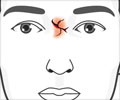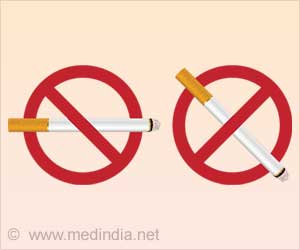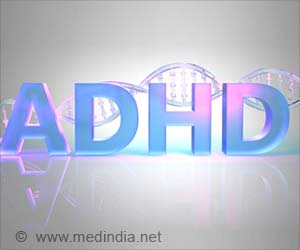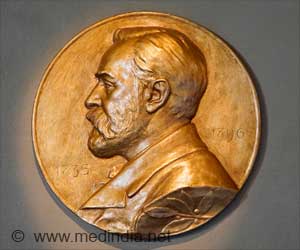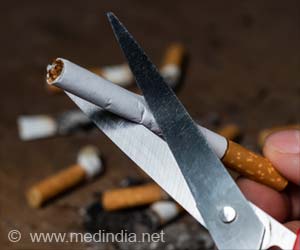The importance of calcium and vitamin D in bone development and teeth strengthening is well known. Children are fed loads of milk and other milk
The importance of calcium and vitamin D in bone development and teeth strengthening is well known. Children are fed loads of milk and other milk products to supply the body with this vital nutrient. Vitamin D is produced in the body itself by exposure to sunlight and so children are exposed to sunlight too. So much so that parents want their children to play outdoors and gain in the so very important vitamin, which is free in nature! All this is done to save them from fractures in old age. Accumulated calcium and vitamin D will take care then too. This is called advance planning.
Recent researches now confirm that even if the combination of calcium and vitamin D is provided during old age, risk of fractures can be marginally reduced. The limitation of the study is that this result is limited to aged people living in nursing homes or other institutions.“Frail older people confined to institutions appear to experience a reduction in hip and other non-vertebral fractures if given vitamin D with calcium supplements,” writes Alison Avenell, M.D., of the University of Aberdeen, Scotland, and her colleagues. Vitamin D alone and calcium alone does not appear to have any effect on reducing the risk of fracture.
In a review of 38 randomized or quasi-randomized trials, the risk of fractures of the hip and other non-spinal bones was reduced slightly if vitamin D and calcium were given. However, the risk of spinal fractures did not appear to be reduced. Synthetic vitamin D in drugs such as calcitriol (Rocaltrol) did not appear to have any advantage in preventing bone fracture and may be more likely to cause adverse reactions than natural vitamin D, the review reports.
Studies have shown that one-third to one-half of all women in Europe and North America over the age of 75 have vertebral fractures. The findings of this review apply only to patients who live in nursing homes or residential care facilities. “It remains unclear whether the results can be generalized to other health and social care systems,” the authors write.
Osteoporosis is a grave problem faced by elderly people of the society. This study can benefit osteoporosis patients as well. Thinning of bone as a result of osteoporosis is the cause of majority of fractures in the elderly. The combo of the two nutrients will prove to be a boon in these cases.
Source : IANS
Osteoporosis: In Greek, Osteo means "bone" and porosis mean a "porous condition". In osteoporosis the bone mass in the body becomes reduced or porous like and the skeletal system of your body is deeply affected and brings about a lot of changes to your system.
Women, of Asian race having thin and small body frames, and a family history of osteoporosis are at increased risk of developing osteoporosis.
Excess consumption of alcohol reduces bone formation and interferes with the body's ability to absorb calcium.
Excessive smoking can lead to prous bones.
Lack of exercise, and a diet low in calcium.
Poor nutrition and poor health condition.
For further information read:
https://www.medindia.net/patients/
patientinfo/osteoporosis.asp
What are the causes of rickets?
The main cause of rickets is the deficiency of vitamin D caused in the body during childhood. Vitamin D is a fat-soluble vitamin that may be absorbed from the intestines or may be produced by the skin when the skin is exposed to sunlight (ultraviolet light of sunlight helps the body to form vitamin D). The absorbed vitamin D is converted into its active form to act as a hormone to regulate calcium absorption from the intestine and to regulate levels of calcium and phosphate in the bones. If there is a deficiency of Vitamin D, the body is unable to properly regulate calcium and phosphate levels. When the blood levels of these minerals become too low, it results in destruction of the support matrix of the bones.
Read more on:
https://www.medindia.net/patients/
patientinfo/rickets_causes.htm



